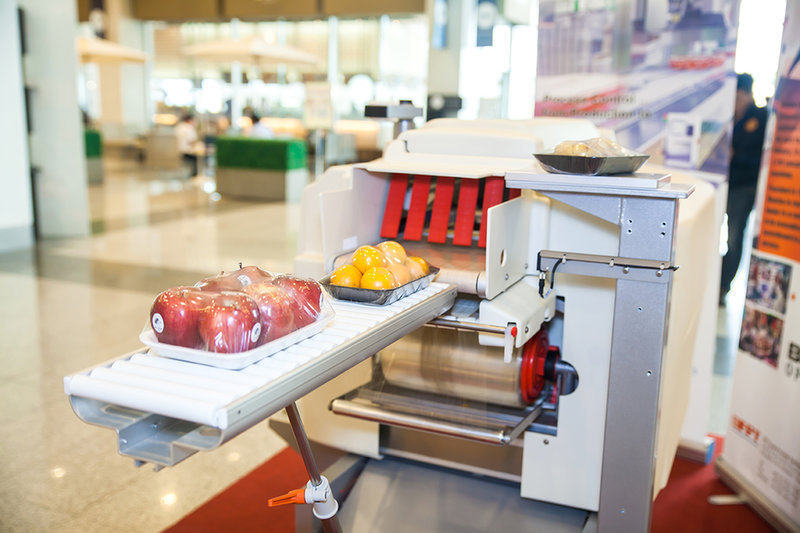Feature
Form, fill, and seal's role in branding, safety, and sustainability
Packaging in the world of consumer goods goes beyond mere functionality, serving as a dynamic force with a threefold impact: Form, Fill, and Seal.

Horizontal form fill seal machine. Credit: Shutter B Photo via Shutterstock
When we pick up a product at the store, the first thing that captures our attention is often its packaging. It's like the front door of a house - the first impression that sets the tone for what's inside.
Packaging is more than just a protective shell; it's a powerful tool that serves three essential functions: Form, Fill, and Seal.
These three elements play a pivotal role in shaping a brand's identity, ensuring product safety, and contributing to sustainability efforts.
Form: the face of your brand
Imagine walking down a supermarket aisle filled with cereal boxes. Each box has a different shape, colour, and design. This is where packaging's "Form" aspect comes into play.
The shape, size, and visual aesthetics of a package are crucial for grabbing a customer's attention and making a lasting impression.
Packaging is often the first interaction consumers have with a brand. It's a silent ambassador that communicates the brand's personality and values. For instance, sleek and minimalist packaging might convey a sense of modernity and sophistication, while vibrant and playful designs could indicate a product meant for a younger audience.
Investing in the right packaging design can set your product apart from competitors and create a memorable image in the minds of consumers. It's not just a container; it's a canvas for your brand's story.
Fill: safety first
Once a package has captured your attention, it needs to protect the product inside. This is where the "Fill" function comes into play. Ensuring that products are securely contained and protected from external factors like moisture, air, and contamination is paramount.
The safety aspect of packaging is critical, especially when it comes to food, pharmaceuticals, and other sensitive products. Proper sealing and barrier materials are essential to prevent spoilage and maintain product quality.
Packaging should also include clear information about usage, dosage, and potential allergens, enhancing safety by providing consumers with vital information.
In recent years, there's been a growing concern about the environmental impact of packaging materials. Brands are now exploring eco-friendly options, like biodegradable films and compostable materials, to balance product safety with sustainability.
Seal: sustainability in action
The "Seal" aspect of packaging involves the process of sealing the product within its container. This might sound like a technical detail, but it's at the heart of the sustainability movement in the packaging industry.
Sealing a package effectively not only ensures product freshness but also minimises the risk of product waste. When products are securely sealed, they have a longer shelf life, reducing the chances of consumers tossing them out due to spoilage.
This directly contributes to reducing food and product waste, a critical aspect of sustainability efforts.
Moreover, the choice of sealing methods and materials can have a substantial impact on the environment. Manufacturers are increasingly turning to eco-friendly options, such as recyclable films and energy-efficient sealing techniques, to lessen their carbon footprint.
Sustainable packaging not only benefits the environment but also appeals to eco-conscious consumers who actively seek out products that align with their values.
The packaging trifecta
Packaging is a multifaceted player in the consumer goods industry. It's not merely a wrapping; it's a strategic tool that encompasses Form, Fill, and Seal. The form sets the stage for your brand's identity, the fill ensures product safety, and the seal is where sustainability efforts come to life.
As consumers become more conscious of their choices and their impact on the planet, packaging has evolved from being just a means to an end. It's now a powerful driver of branding, safety, and sustainability.
Businesses that recognise the significance of the packaging trifecta and invest in innovative solutions stand to gain not only consumer loyalty but also a brighter, more sustainable future.
So, next time you pick up a product, take a moment to appreciate the packaging, for it tells a story beyond what's inside.